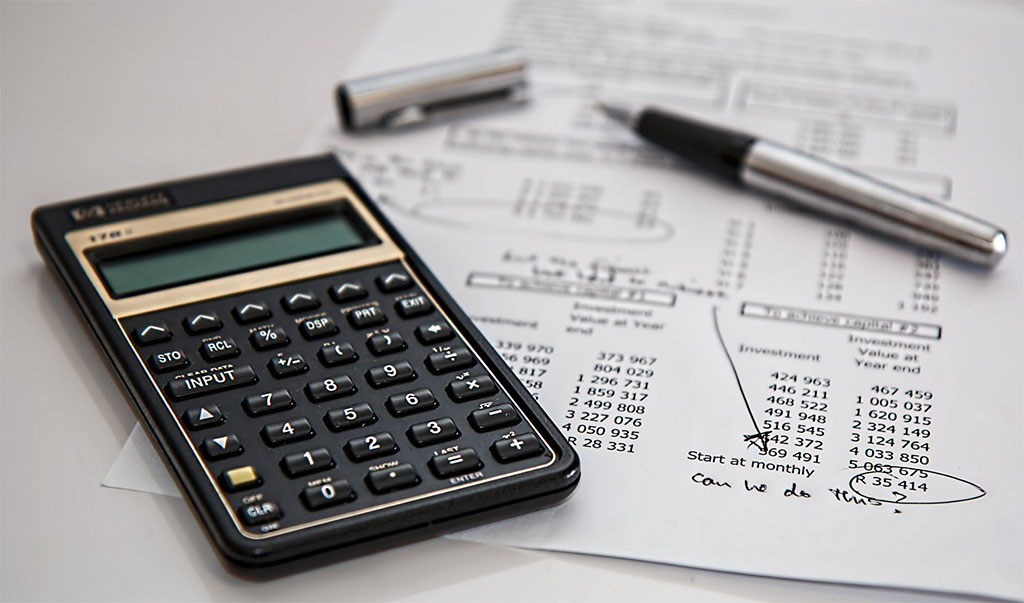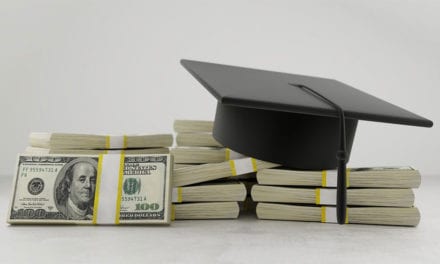You saved all your receipts and properly categorized every expense.
You put pen to paper and drafted a realistic budget. Now comes the hard part. How do you make the budget work for you? Living within a budget is not easy. In fact, it’s extremely challenging. Everywhere you turn there is “stuff” on which to spend your money. To many, avoiding budget busting impulse purchases of that “stuff” makes or break their budget. Below are five Credit Monkey hacks to help you avoid budget busters.
-
Eliminate Impulse Purchasing
Impulse purchasing is the bain of budgeting. Choosing a latte from the coffee cart rather than your regular coffee, super-sizing at lunch, adding a second item for a dollar or buying clothes because the sale is just too good to pass by are all budget busters. A small splurge twice a month won’t bust most budgets. An extra dollar spent at every coffee break and with every lunch will. In retail the strategy is called nibbling. If a store can get every customer to spend a dollar more every he/she visits, store revenues jump. It’s just a nibble but it adds up. If you are a nibbler on a budget, a dollar here and a dollar there seems insignificant. Over a month, however, that dollar here and that dollar there ends up busting your budget by hundreds of dollars.
-
Leave Your Plastic at Home
If you are truly serious about your budget, do not carry credit cards. Carrying plastic in your wallet makes it far too easy to reach into your pocket and grab a credit card for an impulse purchase. If your cards are at home, you will think twice about budget busting impulse purchases. Important purchases of something your truly need are reason enough to go home for a credit card. If going home for a credit card and coming back to the store to make the purchase is too much trouble, then the purchase is not important and the purchase is simply a budget buster.
-
Live Cash Only
You reach into your wallet and hand the cashier two of the three remaining bills that were hidden away under the rear flap for emergencies. Digging into the emergency cash for lunch money should get your attention. If it doesn’t, perhaps skipping lunch entirely on Friday because you didn’t manage your cash will. Living cash only is the single best budget tool when learning to live within your budget. You see where you start the month. It forces you to account for every penny you spend. And, on the last day of the month, you see if you successfully accomplished your financial goals by how many bills are left in your wallet.
-
The ATM is Not Your Friend
The ATM is convenient. The ATM is functional. The ATM sings beautifully as it counts out cash. The ATM even has a name, MAC, JOE, GINNIE or CONNIE. Regardless of all that, the ATM is not your friend. It’s fast and easy cash with no accountability. It’s the enemy of the budgeter. If you can’t say no to the ATM, leave your checkcard home with your credit cards. Otherwise, you will use the ATM for spending cash earmarked for other expense. The ATM is a budget buster.
-
Balance Your Checkbook
The monthly exercise of balancing your checkbook creates financial accountability to yourself. It forces you to take a hard look at your beginning and ending balances and each expenditure between. Just like living on cash, a monthly examination of your spending habits by balancing your checkbook can be a shock to your system. Especially when you see how much money you spend unnecessarily.
If you found this post helpful, please leave a comment, share it on social media or send the Monkey an email and tell me about at [email protected].








Recent Comments